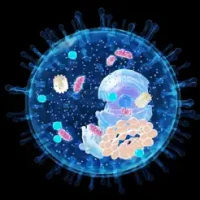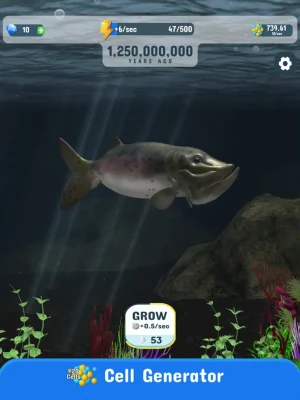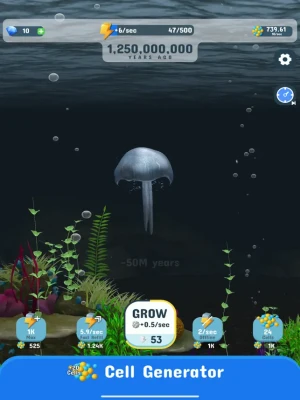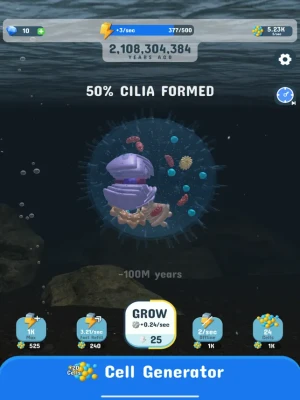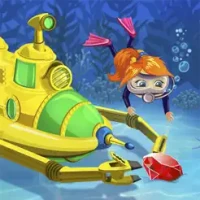
Latest Version
2.1
June 14, 2025
From a Single Cell to Human
Games
iOS
238.9 MB
0
Free
Report a Problem
More About Idle Evolution
The Fascinating Journey of Human Evolution from a Single Cell
Understanding the evolution of humans from a single cell is a captivating journey that intertwines science, history, and the marvels of life itself. This article delves into the intricate process of evolution, highlighting how a microscopic cell transformed into the complex beings we are today. Join us as we explore this remarkable transformation and discover how Idle Evolution makes learning about this process engaging and enjoyable.
The Origins of Life: From Single Cells to Complex Organisms
The story of human evolution begins billions of years ago with the emergence of the first single-celled organisms. These simple life forms, known as prokaryotes, were the building blocks of all life on Earth. They thrived in various environments, adapting to their surroundings and laying the groundwork for more complex organisms.
Over time, some of these single-celled organisms evolved into eukaryotes, which are characterized by their more complex cellular structures. This transition marked a significant milestone in the evolutionary timeline, as eukaryotes eventually gave rise to multicellular organisms. The process of evolution is driven by natural selection, where advantageous traits are passed down through generations, leading to the diversity of life we see today.
The Role of Natural Selection in Evolution
Natural selection is a fundamental mechanism of evolution, first articulated by Charles Darwin. It explains how certain traits become more common in a population due to their advantages in survival and reproduction. For instance, early multicellular organisms developed specialized cells that performed specific functions, enhancing their ability to thrive in various environments.
As these organisms continued to evolve, they adapted to changing conditions, leading to the emergence of different species. This process of adaptation is evident in the fossil record, which provides a timeline of how life has evolved over millions of years. From simple single-celled organisms to complex mammals, each step in this journey showcases the incredible power of evolution.
From Aquatic Life to Terrestrial Beings
One of the most significant transitions in the evolutionary history of life was the move from water to land. Around 400 million years ago, certain fish began to develop adaptations that allowed them to survive on land. These adaptations included lungs for breathing air and limbs for mobility. Over time, these early amphibians evolved into reptiles, birds, and mammals, including our own ancestors.
This transition was not without challenges. Organisms had to adapt to new environmental pressures, such as gravity and temperature fluctuations. The evolution of mammals, in particular, marked a turning point in the development of complex social structures and behaviors, paving the way for the emergence of Homo sapiens.
The Emergence of Homo Sapiens
Homo sapiens, our species, emerged approximately 300,000 years ago in Africa. This period was characterized by significant advancements in tool-making, language, and social organization. The ability to communicate and collaborate allowed early humans to hunt, gather, and ultimately thrive in diverse environments.
As Homo sapiens migrated out of Africa, they encountered various challenges and opportunities, leading to further adaptations. The development of agriculture around 10,000 years ago marked another pivotal moment in human evolution, as it allowed for the establishment of permanent settlements and the rise of civilizations.
Idle Evolution: Making Learning Fun
Idle Evolution is a unique gaming experience that redefines how we engage with the concept of evolution. By gamifying the process, it allows players to witness the transformation from a single microscopic cell to complex human beings in an interactive and enjoyable way. The game emphasizes the details of evolution, making it accessible and entertaining for players of all ages.
Through Idle Evolution, players can explore the various stages of evolution, understanding the significance of each step in the journey. The game not only provides entertainment but also serves as an educational tool, fostering a deeper appreciation for the complexities of life and the processes that have shaped our existence.
Conclusion: Embracing the Journey of Evolution
The evolution of humans from a single cell is a testament to the resilience and adaptability of life. From the earliest prokaryotes to the sophisticated beings we are today, this journey is filled with remarkable transformations and adaptations. Understanding this process not only enriches our knowledge of biology but also connects us to the broader tapestry of life on Earth.
As we continue to explore the wonders of evolution, games like Idle Evolution provide a fun and engaging way to learn about our origins. Embrace the journey of evolution and discover the incredible story of how we came to be!
Rate the App
User Reviews
Popular Apps










Editor's Choice










